In 1829, Jason Gould (1802-1864) made the journey from Roxbury, New York to the raw, undeveloped wilderness of Smiths Falls, Ontario. He had been hired to work on the Rideau Canal by his future brother-in-law, James Simpson. Within two years, Gould had created the foundation for his future wealth. He constructed “flouring mills on Jason Island”, assembled a substantial wooden bridge connecting it to Ward Island, and built a dam to harness the abundance of waterpower. In addition, the ambitious twenty-nine-year-old had become an important member of the rapidly developing community.
The Simpson and Gould families were united when Nancy Simpson (1808-1861), married Jason Gould on September 3, 1834. Reverend William Bell, Perth’s first clergyman, conducted the ceremony. The day before the wedding, Gould and the Reverend traveled on horseback through the dense woods to Smiths Falls. Darkness descended and they became lost. Their shouts were heard by a hunter and his wife who gave them a candle made from birch bark. With this light, the two men were able to navigate through the dark forest and “with joy heard the noise of the water from the Falls.”
The marriage took place the following morning at eight o’clock. The newly married couple from America departed for their honeymoon in the State of New York in “a traveling carriage drawn by two fine grey horses and attended by a black servant.” Upon their return to Smiths Falls they would have six children together in eleven years: William Simpson (1836-1862), John Wilson (1838-1860), James Henry (1840-?), Jason Gould (1843-1882), Welthy J. Walters (1844-?), and Anna Marie (1847-1895).
Although Gould had established several Smiths Falls businesses, including a gristmill and a foundry, he did not stop there. His quest for adventure prompted him to make the most of all the goods and travelers flowing into the Upper Ottawa Valley. By 1837, Gould was involved in lumbering, sawmilling, and was captain and owner of the steamer George Buchanan in the Braeside-Arnprior area on the Ottawa River. He established the first general store in Portage du Fort in 1844, and later became the first postmaster there.
In 1849, he moved further north and surveyed and built a road “despite almost unsurmountable obstacles”. The route led from Gould’s Landing to a settlement on Muskrat Lake which he founded, and named Cobden. By 1850, he was postmaster at this new destination. Accommodations were critical for the journey, and the Store Wharf and Inn in Cobden were owned by Gould. Gould was the owner of the first steamboat operating on the lake, The Muskrat, followed by The North Star. The route he opened up was known as Gould’s Forwarding Line, and it played a critical role for incoming settlers to the region. It formed the missing link between existing river travel downriver to and from Ottawa. A booklet titled Union Forwarding Company’s Travellers’ Guide to the Upper Ottawa 1873 describes the journey as “most comfortable”, the scenery as “wild beauty”, and the hotel accommodations as “most ample and excellent”. Incredibly, Gould’s route was almost identical to the terrain plotted out more than two centuries prior by Etienne Brule, Jean Nicolet, and Samuel de Champlain. Absolute proof of this claim was discovered in the form of legendary explorer Samuel de Champlain’s engraved astrolabe, which was reportedly lost during Champlain’s expedition to the Outaouais region in 1613.
On May 16th, 1853, a massive forest fire began in Pembroke and traveled all the way to Horton Township, destroying The Muskrat , Gould’s storehouses, and wharf. By a stroke of good fortune, The North Star was on the water at the time and managed to survive the fire. Sadly, the disaster had a devastating impact on Gould’s lungs. He sold what remained of his business in 1860 and moved back to Smiths Falls, where he died at the age of 61 on October 23, 1864.
Gould’s brother-in-law James Simpson bequeathed all his property, including two large bags of gold, to his brother William Simpson. When William died in 1861, he was the single largest landowner in Smiths Falls. Gould’s surviving children were Jason, James Henry, and Anna Marie. They inherited the entire Simpson fortune along with their father’s estate. The extravagant Gould monument at Hillcrest Cemetery in Smiths Falls attests to this sizable inheritance.
A partial list of Gould family businesses in Smiths Falls includes the Gould Sawmill (originally erected by James Simpson), Fort Hemlock, Smiths Falls Woollen Manufacturing Company, Gould Carding Mill, Gould’s Rideau Foundry and Agricultural Implement Works (later known as Gould Manufacturing Company and which became home to Northern Buttons), and Citizen’s Electric Light Company.
Ted & Marion Outerbridge are currently restoring a Smiths Falls heritage home built in 1893. They are also being swept away by local history & mystery. You can follow them on Instagram, Facebook, and TikTok @thekeyholehouse or email ted@tedouterbridge.com.

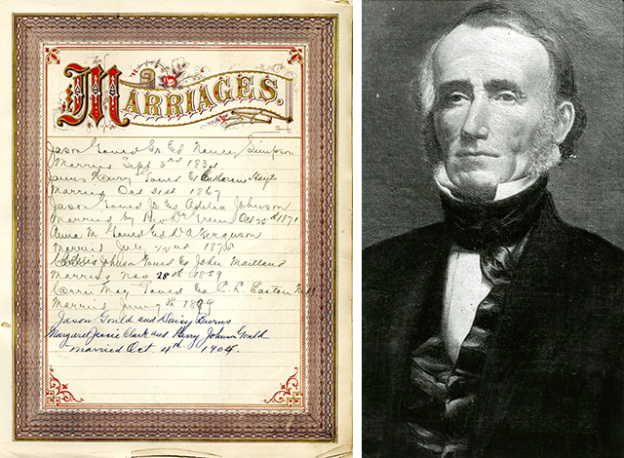
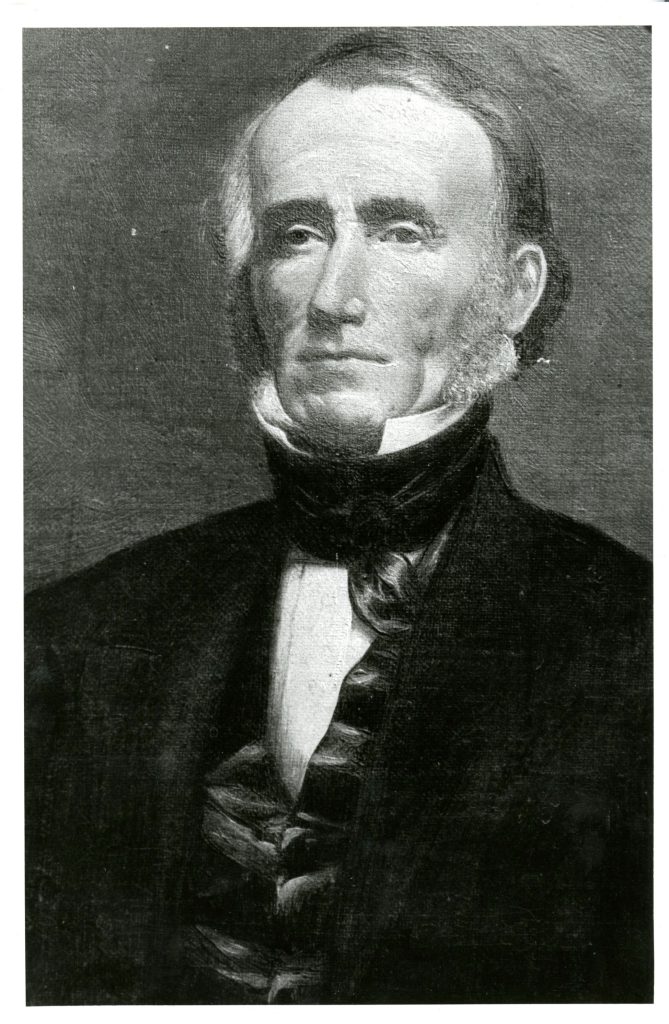
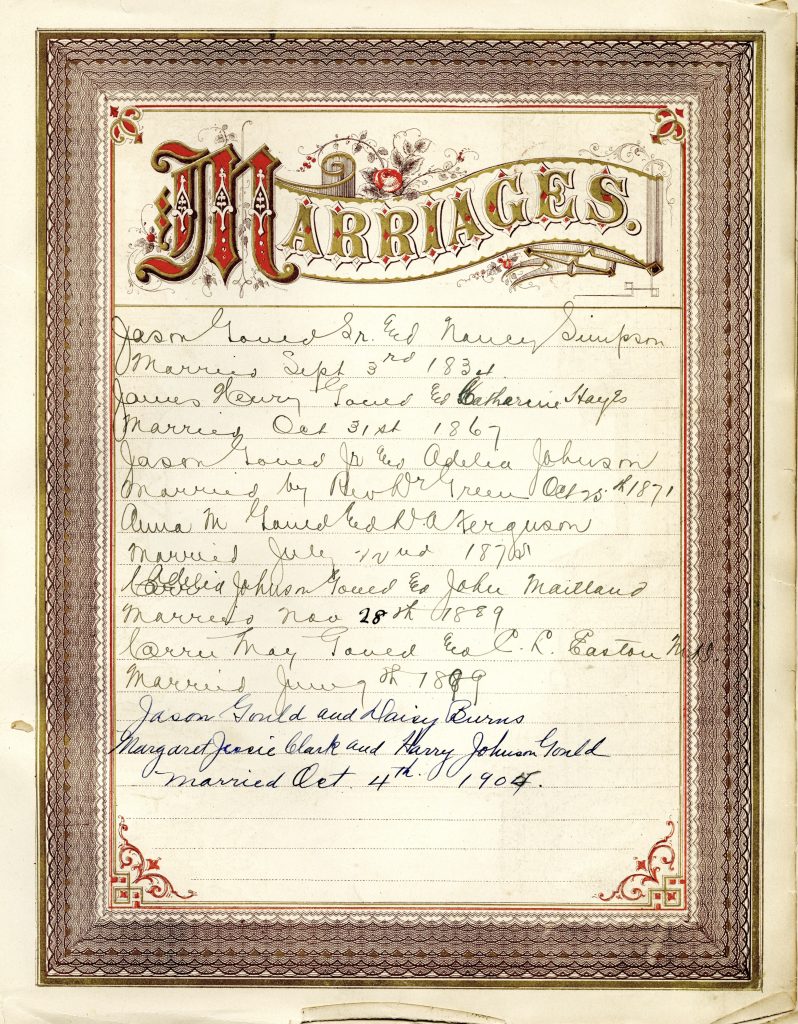
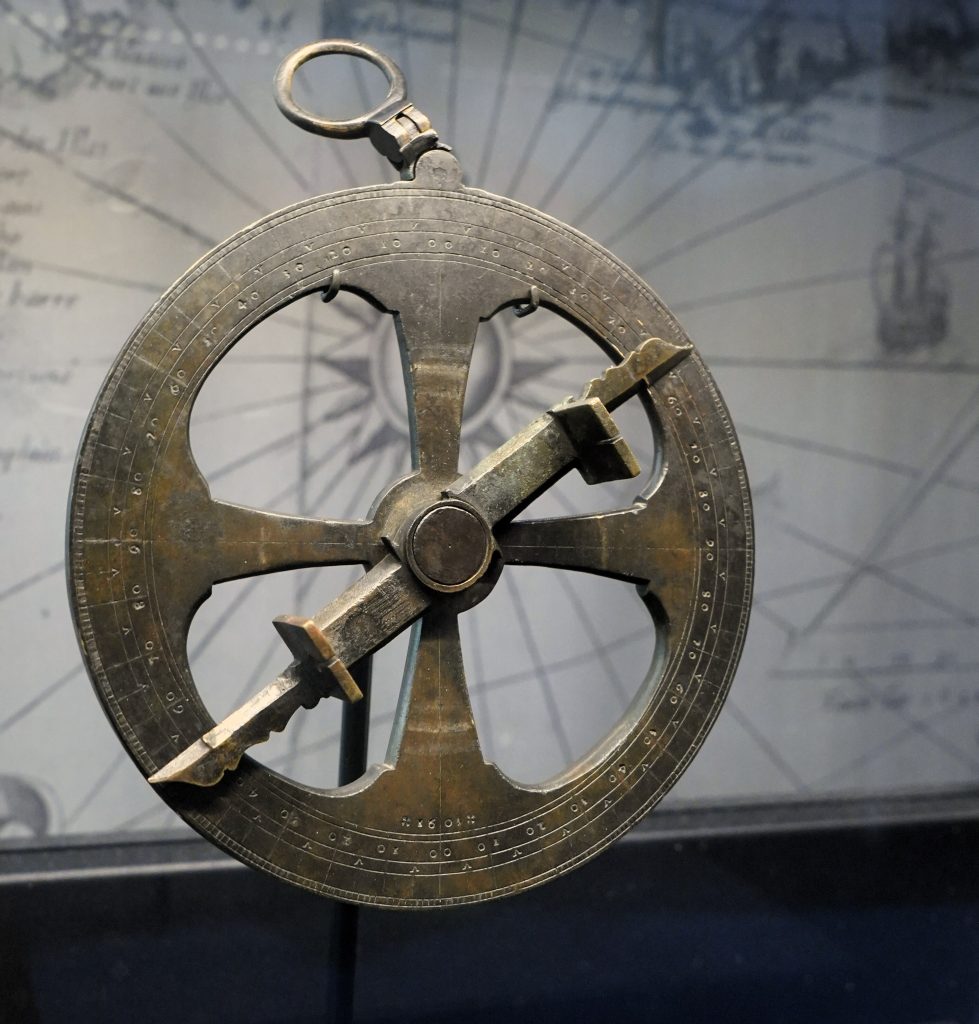















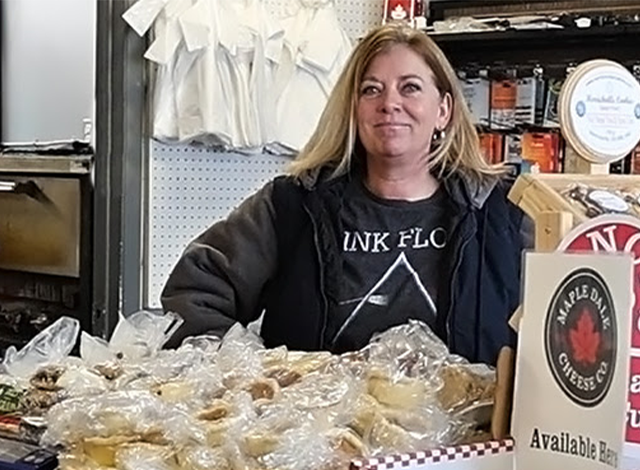

An awesome peace of SF History. This Smith’s Falls history I would like to see taught in school.
A first rate piece of historical writing. Thank you so much for it!